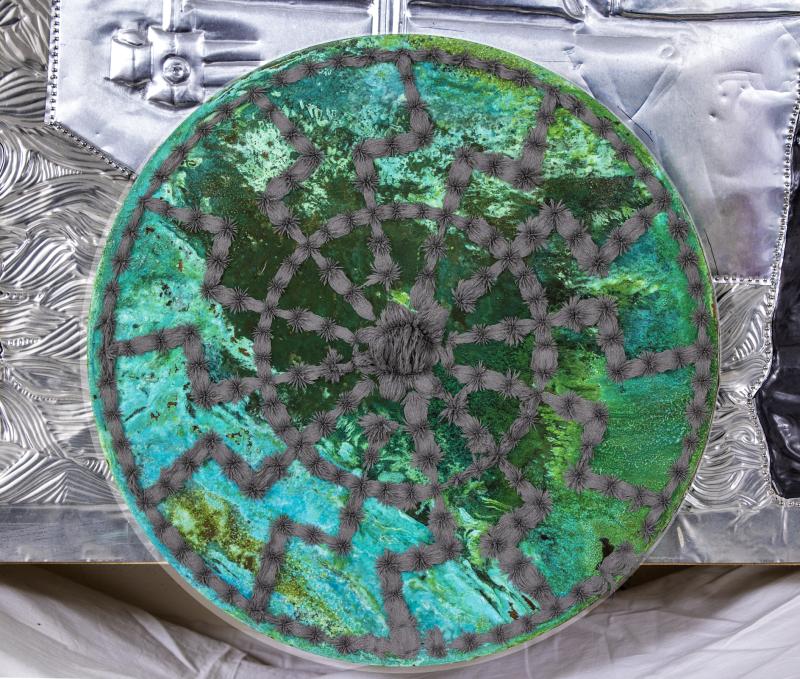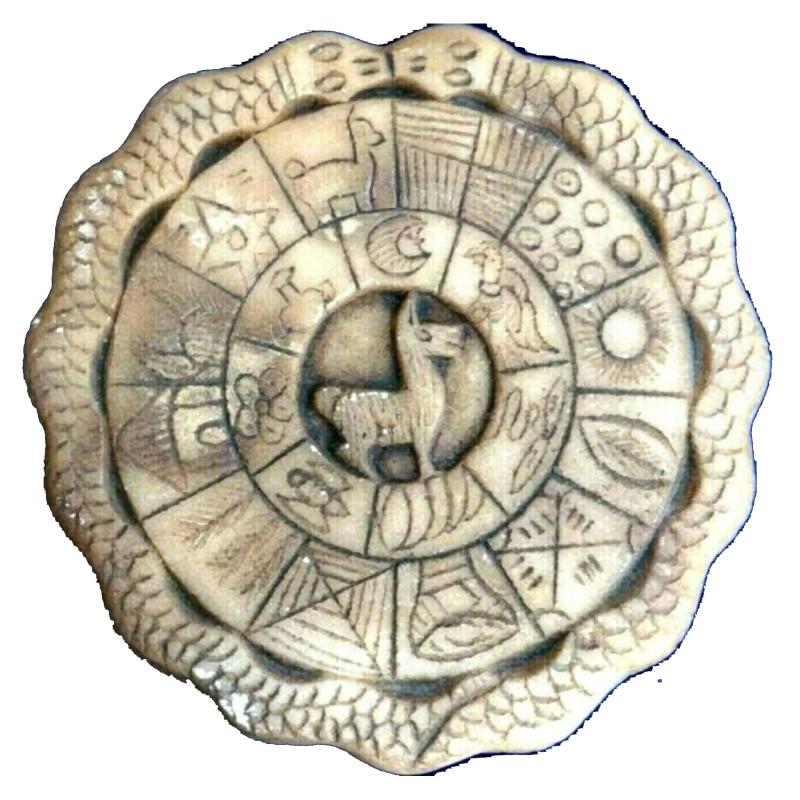The 12-spoke pagan sun wheel, also known as the Black Sun, is a powerful symbol with deep roots in ancient European history. Its origins can be traced back to the pre-Christian era, where it was revered as a representation of the solar cycle and the changing seasons. Comprised of twelve spokes, the sun wheel signifies the twelve months of the year, the twelve signs of the zodiac, and the twelve gods and goddesses in various pagan pantheons.

As an emblem of the sun’s life-giving power, the 12-spoke Pagan Sun Wheel honors the solar deities worshipped in various cultures, such as Ra, Apollo, and Sol. The wheel is also associated with the annual solar cycle, marking the solstices, equinoxes, and other seasonal celebrations. These occasions were observed by ancient societies to give thanks, seek protection, and ensure fertility and abundance.
In its original context, the sun wheel was a symbol of life, fertility, and renewal, with each spoke representing the continuous cycle of growth and decay in nature. The intricate design of the sun wheel is said to invoke the idea of interconnectedness and unity among all living beings. It was widely adopted by various European pagan traditions and can be found in many artifacts, such as jewelry, pottery, and textiles.
However, it is important to acknowledge that this ancient symbol’s beauty and meaning were tainted when it was appropriated by the Nazis during World War II, as they sought to create a distorted and hateful interpretation of Europe’s ancient past. Despite this dark chapter in its history, the 12-spoke pagan sun wheel continues to hold spiritual significance for modern pagans who embrace its original symbolism of harmony, balance, and the cycles of life
